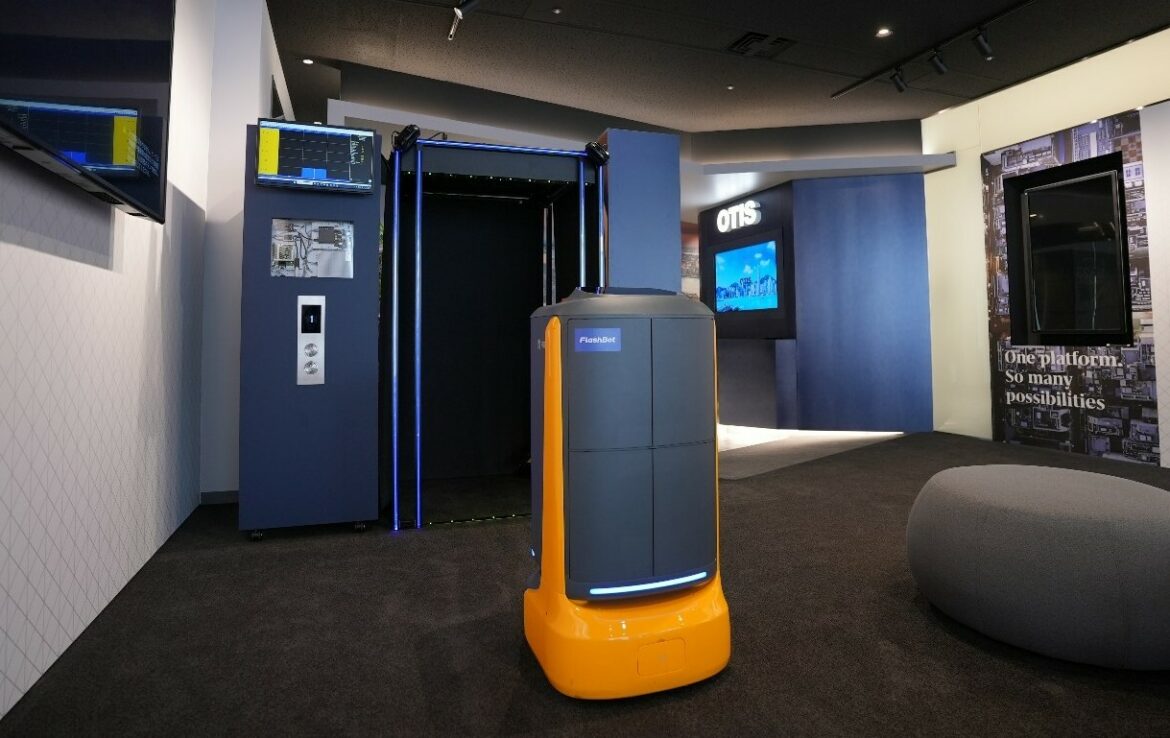The global hospitality robots market is projected to grow by USD 471.77 million between 2024 and 2028, according to a report by Technavio. The market is anticipated to expand at a compound annual growth rate (CAGR) of 14.19% during the forecast period. This growth is attributed to the increasing integration of Internet of Things (IoT) and artificial intelligence (AI) in the hospitality sector, enhancing customer service and operational efficiency.
The adoption of robotics in hospitality is driven by the need for improved customer satisfaction and operational efficiency. Robots are utilized for tasks such as language translation, luggage handling, and security, with notable examples including humanoid robots and AI robot servers. These innovations help address manpower shortages and enhance service delivery. For instance, the Henn-na Hotel in Nagasaki, Japan, employs robots for check-in, concierge, and housekeeping services.
However, the high costs associated with these technologies, ranging from USD 5,000 to USD 100,000 depending on their functionality, pose a challenge. Smaller robots like porter robots and AI robot servers cost between USD 5,000 and USD 20,000, while more sophisticated robots can exceed USD 100,000. Additional expenses include customization, maintenance, and training.
The report highlights that the North American region leads in the adoption of hospitality robots, followed by Europe and APAC. The continuous advancements in AI, machine learning (ML), and autonomous navigation are expected to further drive market growth. The hospitality sector’s focus on enhancing customer experiences and operational efficiency continues to stimulate the demand for robotics.

